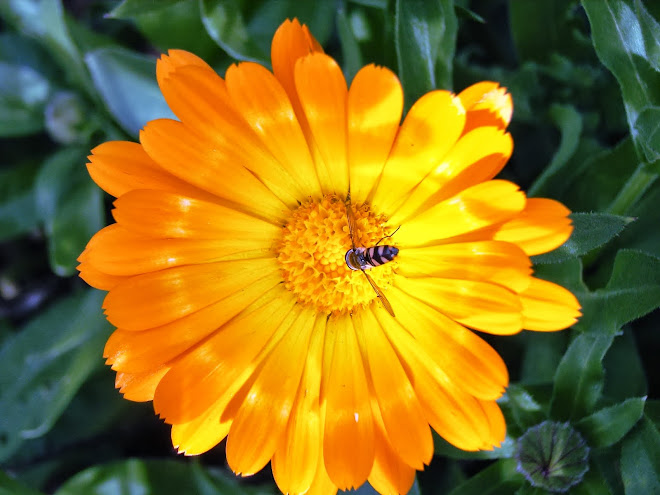 Cistus incanus – The Mediterranean Herb with Secrets
Cistus incanus – The Mediterranean Herb with Secrets Also known as Mediterranean rock rose, this valuable herb grows wild on the rocky hillsides of the Mediterranean. It has pretty pink or white flowers, and also boasts an interesting history and powerful medicinal properties. It was traditionally used as a tea as early as the 4th century BC, offered to guests as a “wellness tea” throughout the Middle East, northern Africa and the Mediterranean. Moving forward, it was nominated as Europe’s “plant of the year” in 1999.
The plant is beautifully aromatic, producing a fragrant resin which intensifies in the midday sun. Historically the resin, known as labdanum, was harvested by combing the hair of goats that had brushed against the plants while grazing. It is also harvested using long leather straps which rake the resin in the heat of the day, and then allow it to dry for removal from the straps. The labdanum resin was widely used for incense and also perfume, being a base of the “Chypre” type of perfume (French for Cyprus, reflecting the trade that occurred in highly valued aromatics) created in the 13th century when labdanum was more expensive than gold. Its aroma is described as heavy, sweet and balsamic. Many authors believe labdanum to be the biblical Balm of Gilead, although there are others who do not agree.
I first became interested in cistus as a medicinal herb through the work of Dr. Dietrich Klinghardt, a medical doctor from Germany who specialises in chronic health issues and does a lot of work with Lyme Disease.
Dr. Klinghardt recommends cistus incanus as a central remedy for late stage Lyme Disease (and related tick borne infections), combined with whole leaf stevia drops, and he claims to get beneficial results with the most serious of patients. For people who are very depleted, the dosage is commenced at just a few drops of cistus tea. It is recommended that it be brewed in a closed pot (so the valuable aromatic components are maintained), simmered for several minutes, and consumed throughout the day. The same tea leaves are then brewed 2 more times, to further extract the medicinal components. A few drops of whole leaf stevia tincture should be to the tea.
Cistus has anti-inflamatory, antimicrobial and antioxidant properties. It contains very high amounts of polyphenols (powerful anti-oxidants). It protects against cell damage and numerous diseases. It inhibits an inflammatory pathway called NF-kB. Overactivation of this regulatory response to infection has been linked to inflammatory and autoimmune diseases as well as cancer. Many viruses as well as allergic inflammatory reactions are triggered by NF-kB, so the benefit of cistus in damping down this pathway is valuable.
Traditionally cistus tea has been used in Mediterranean countries such as Greece for rheumatoid arthritis, infections, skin and kidney problems, as well as general immune system support. It is used for allergic skin itching, acne and fungal infections of the skin. Modern scientific research has shown it to be effective against HIV infection and Avian flu virus, with some patent applications in place for medicines made from the plant. So it clearly has powerful antiviral effects. I have long been fascinated by seeing that scientific research so consistently endorses traditional use of herbal medicines.
I find the cistus story fascinating, so I sourced some quality dried herb to make a range of cistus products. I have packets of cistus tea for sale in my clinic, and I made a tincture for my dispensary. The commercial brands can be very expensive, but mine is not. I also sourced labdanum resin which I transformed into a roll-on perfume. I love its warm earthy fragrance and can understand why it was so highly prized that people stealing it in Ancient Greece were put to death. Not that I would agree with this! But it is beautiful.






